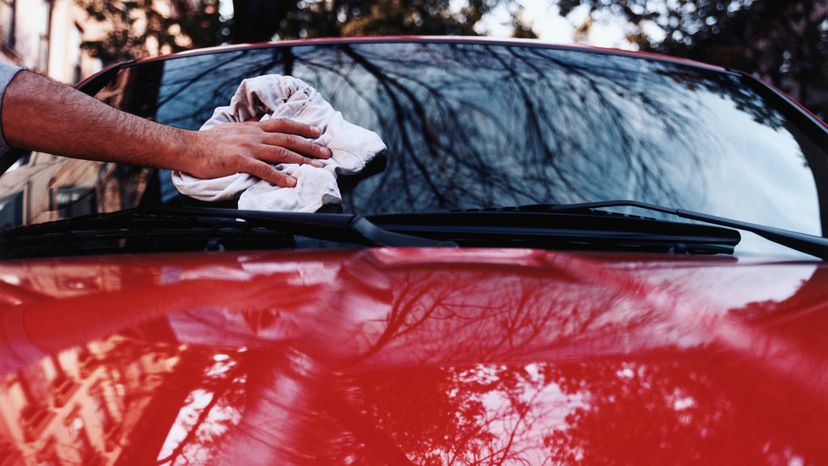
A vehicle is a big investment. One of the biggest investments most people make in their lifetime. And no car, truck, minivan or sport utility vehicle (SUV) holds its value. They start depreciating the moment you drive them off the dealership lot. However, this is not to say that a vehicle does not have some value. Even an old, well used car has some value attached to it and can be sold or traded in for some money. The key is to maintain as much of the vehicle’s value as possible while you own it. Here are 15 tips on how to keep the value of your vehicle as high as possible.
Advertisement